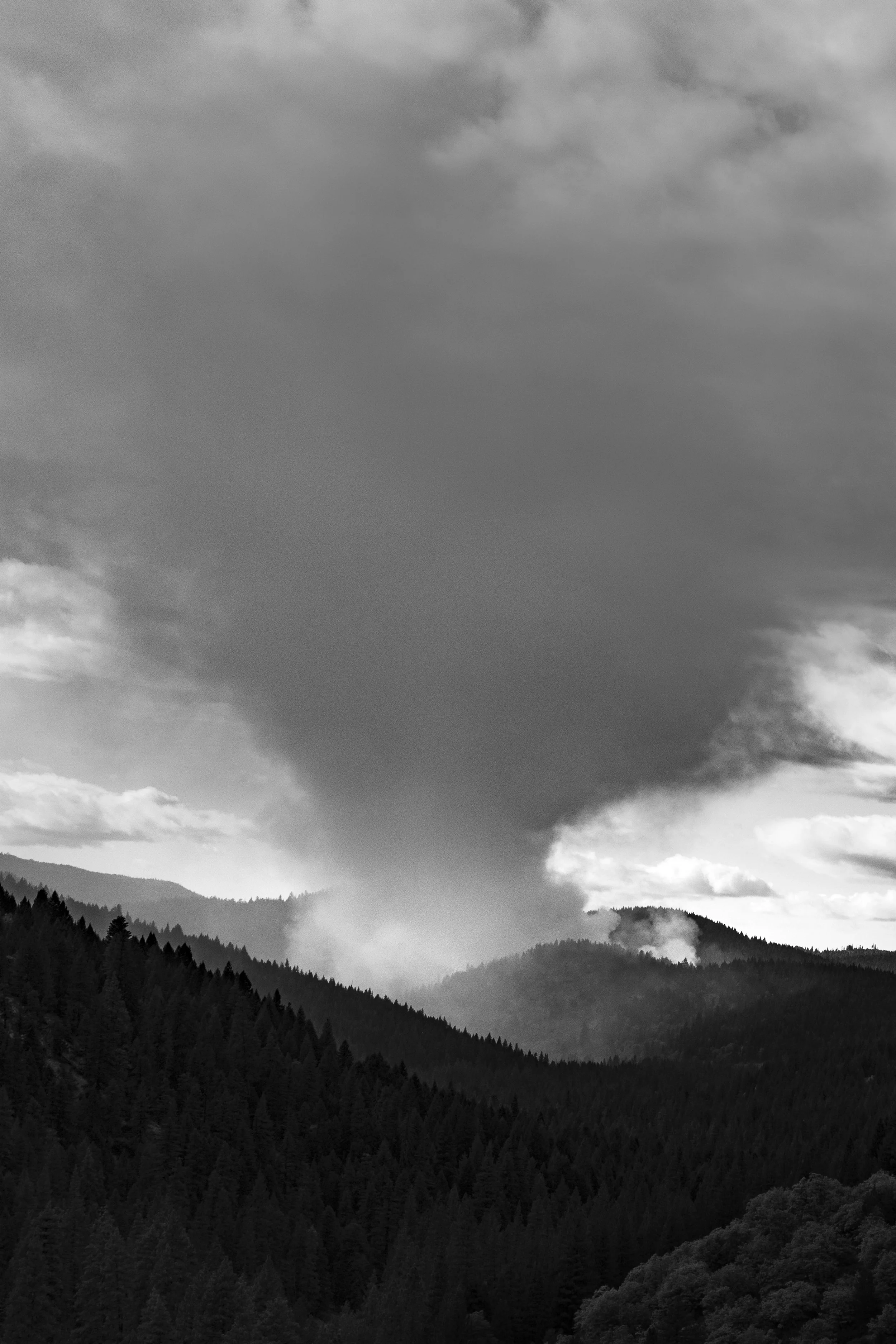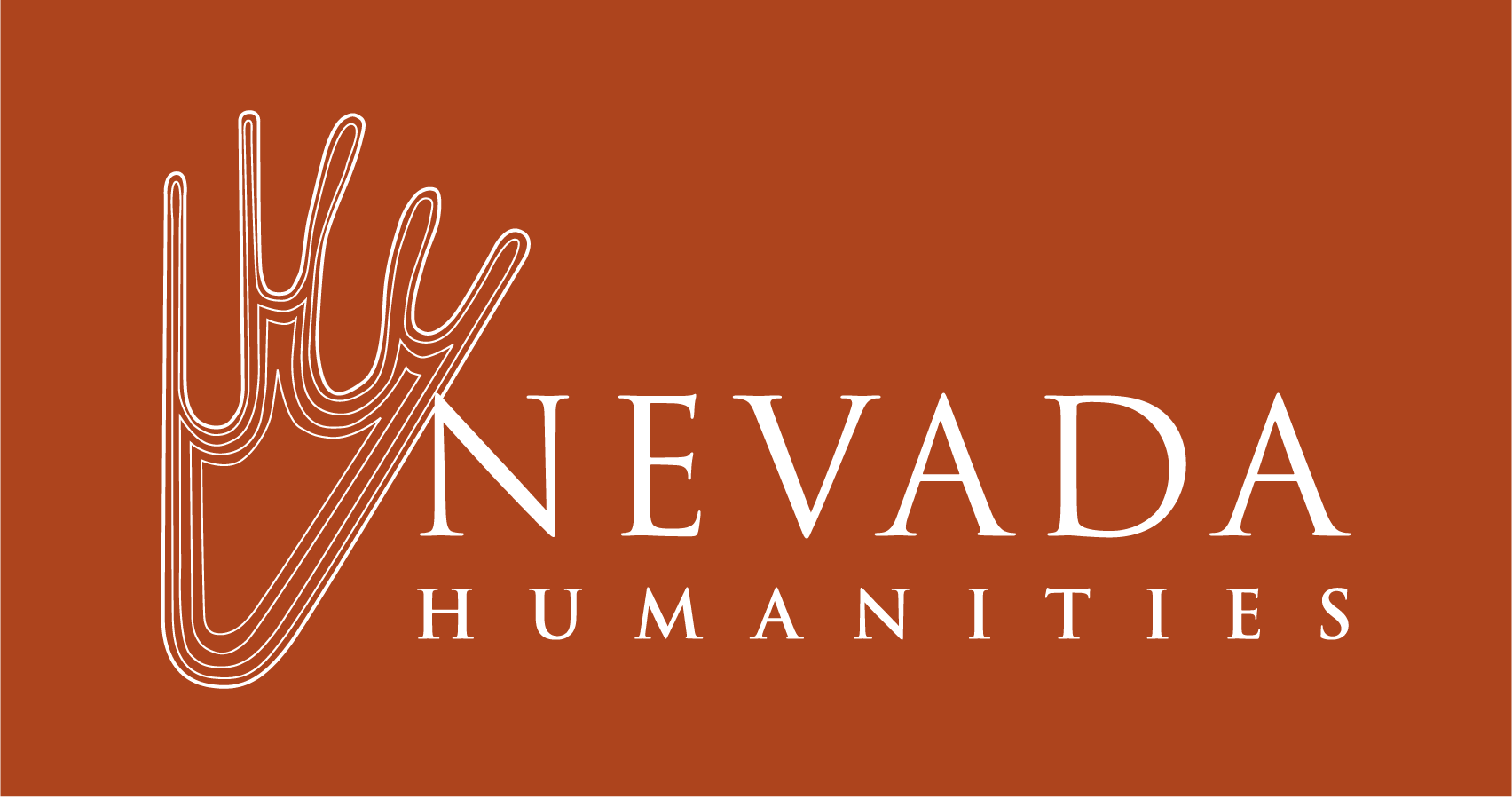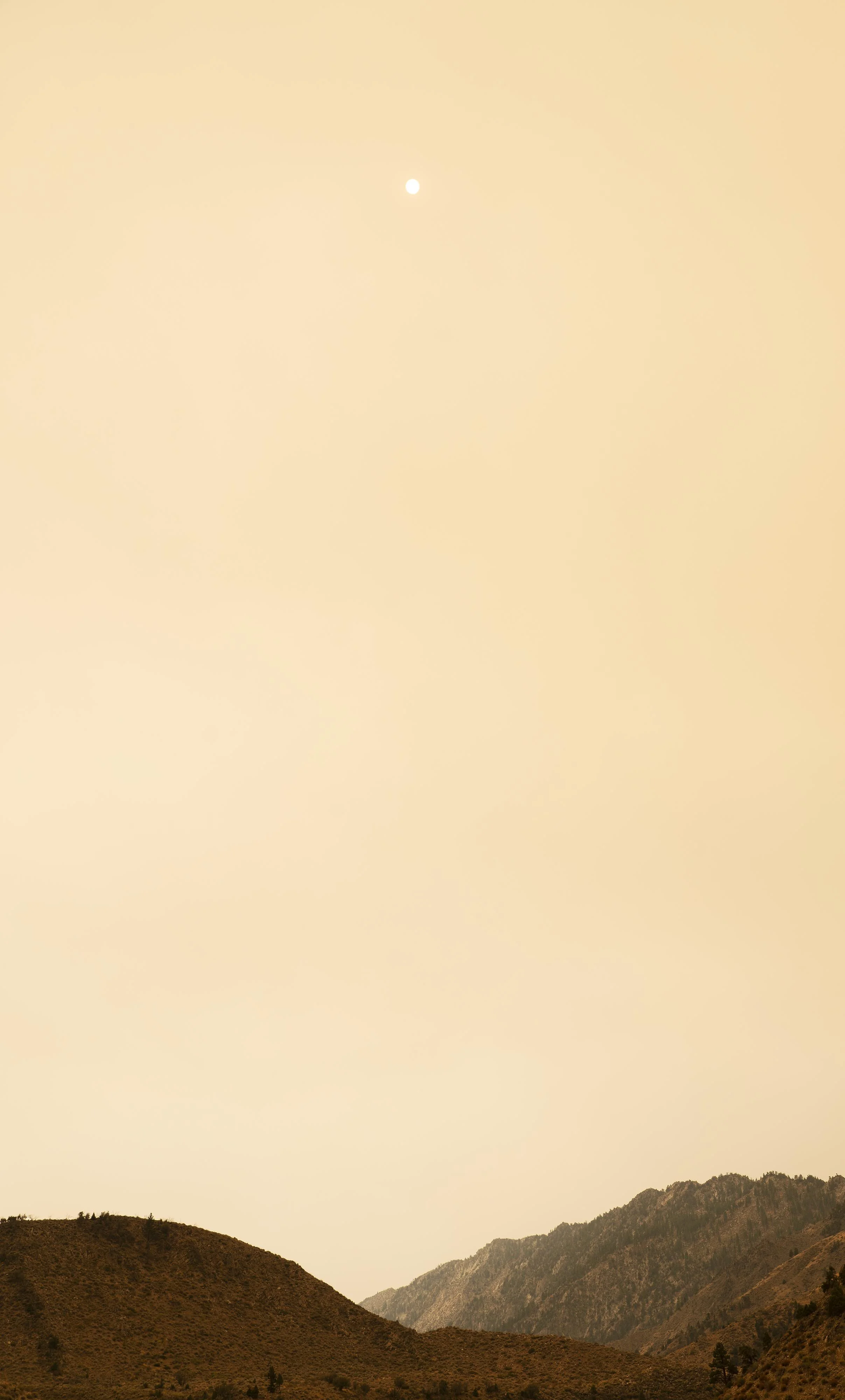Climate Change from a Photographer’s Lens
This blog post is the third in a four-part series by Ashley Payette, a student at the University of Nevada, Reno. Payette served as a 2025 summer program intern at Nevada Humanities. This interview is generously provided in kind by Scott Hinton. The Double Down blog is also supported by Nevada Humanities’ donors.
By Ashley Payette
Nevada is filled with tall mountains shifting into low valleys, and pretty dull hues spotted with bright cities and small towns. This landscape is constantly changing, with much of it altered at the hands of humanity. Scott Hinton is a photographer whose work captures the evolution of the American West and the interactions between humans and their environment. He offered me insight into how climate ebbs and landscapes flow.
From a young age, Hinton was drawn to the mechanical operations of the camera and the function of framing moments in time. As a teenager, he enjoyed trekking through the forest and mountains around Auburn, California, and photography allowed him to capture these journeys. What began as a hobby turned into a profession. As he spent more time outdoors, Hinton says his passions “grew into getting educated about landscapes and the different impacts that we as humans have on it.”
The ranching communities of the West were of particular interest to Hinton. He noticed that people have altered the landscape significantly through livestock and agriculture. Yet, this industry remains crucial to the economy and nourishment of many Nevadans. Furthermore, people in rural ranching communities are often vulnerable to heat, drought, and fire as climate change grows more intense. “Part of my inspiration to photograph is thinking about these more complex situations in the landscape,” mentions Hinton when asked to describe the interactions people have with the land. He continues on that these industries are important, but must be pursued thoughtfully and sustainably, with consequences in mind when making decisions.
Seeking more knowledge, Hinton attended a conference on wildfire at the University of Nevada, Reno at Lake Tahoe campus. This event, organized by UNR professor Sudeep Chandra, connected scientists and artists to discuss new research and possible solutions to growing concerns about wildfire in the West. Featured at this conference was an exhibit curated by Hinton titled Convergence Zone. According to the exhibition’s description, Convergence Zone “brings together various creative and scientific perspectives to provide outreach and detailed imagery of our critically strained resource of forests and wildland deserts.” Convergence Zone was also presented in an exhibition at the Sierra Arts Foundation from July 1 to July 26, 2025.






When I asked Hinton about the inspiration behind his curation of Convergence Zone, he explained, “It’s a different vocabulary that scientists [and artists] are using. People can see the pictures and then look into the science research and vice versa.” By working with people in various disciplines, Hinton believes we can consider these issues with more knowledge and greater perspective. Collaborations like this may pave the way towards creative solutions to wildfire management to support our most affected communities.
Scott Hinton received his B.F.A. from the University of Nevada, Reno, and an M.F.A. from San Jose State University. He is a photographer and educator at the University of Nevada, Reno, who documents the complex geographies of the human environment in landscapes of the evolving American West. Hinton photographs in the West to experience the grandeur of open spaces and the expansive mountains and deserts while building dialogue of a landscape in flux.



